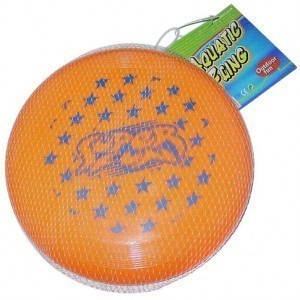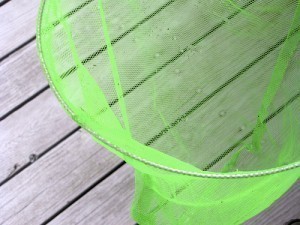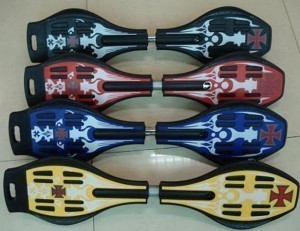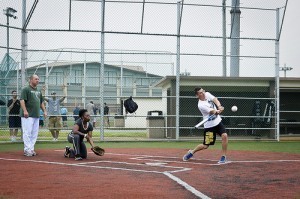Dartboard Measurements
It takes great skill for one to be good at darts, but the position 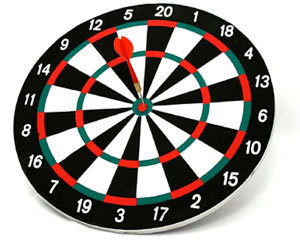 of the dartboard can have a profound effect on the game. One doesn’t just hang it on the wall any way that they so please; there is actually a required set of measurements for setting up the dartboard correctly.
of the dartboard can have a profound effect on the game. One doesn’t just hang it on the wall any way that they so please; there is actually a required set of measurements for setting up the dartboard correctly.
The first thing to consider is how high up the wall the dartboard should be positioned. The height between the ground and the dartboard’s center has to be 5’8”. If one is using a dartboard that can be screwed on from the center of its back, use a tape measure to determine the proper height and then use a pencil to mark those measurements. The mounting bracket would then be installed using the markings as a basis, and the dartboard finally attached. If one is using a dartboard that is hung from its top, measure the distance between the hanger and the center of the dartboard, then add 5’8” to the measurement.
The next step is to determine the nearest throwing distance, which is basically the distance between the dartboard and the toe line. The distance of the toe line must be 7’9 ¼” from the board. Measured diagonally, the distance between the toe line and the center of the board should be 9’7 3/8”. For soft-tip dartboards, the distance has to be 8’ from its center.
In order to determine the dimension of the toe line, the measurement should be done from the dartboard rather than the wall, as some mistakenly do. Since the board hangs from the wall, a plumb should be used, holding it down from the board’s center, then measuring the distance from it. If a plumb is not on hand, measure the distance between wall and the front of the dartboard, and add it to the distance measured from the wall. Example, for a measurement of 2”, the toe line would be set at 7’, which is a distance of 11 ¼” from the wall.
Use a piece of flat tape or a 2’ raised bar in marking off the toe line. If one opts to use the tape, the distance should be measured from the plumb to the front edge of the flat tape nearest to the dartboard. If using a raised bar, the American Darts Organization also recommends using one that is 1 ½” long, with the distance measured from the back of the raised bar to the plumb line.
In positioning the dartboard, one should make sure that the 20 quadrant is positioned at the top-center. A hanger-mounted dartboard should be properly positioned already, while a center-mounted board would have to be spun into the correct position.
The dartboard measurements discussed correspond to the game’s rules and regulations, but there are other factors that should be taken into account when putting up a dartboard. For one, it is advised for the board to have backing in order to avoid damaging the wall. Dart tips can pierce through linoleum and wood, while hard surfaces like tile and concrete can actually cause damage to the tips. Also, the ideal space for playing darts should have a length of 11’ and a width of 5’ at the very least, and furniture, breakable objects or any other obstructions should be cleared away from the playing area.


